Saxifraga Gardening[an error occurred while processing this directive][an error occurred while processing this directive] | ||||||
|
Saxifraga is the largest genus in family Saxifragaceae, comprising about 440 species of Holarctic perennial plants. The genus is commonly known as Saxifrages or Stone-breakers. This refers to certain species' ability to settle in the crack of rocks, which they may in fact wear down by bioerosion to the point of splitting. Saxifrages are grown in scree, rock gardens and in alpine houses. They are also good ground covers. Most Saxifrages are smallish plants which leaves are grown close to the ground, often on a rosette. The leaves may be succulent, needle-like and/or hairy, to reduce evaporation. The flowers are usually white, but some species have red to orange color. Saxifarges are typical inhabitants of arctic-alpine ecosystems, and are hardly ever found outside the temperate parts of the Northern Hemisphere; most species are found in subarctic climates. Saxifraga is a popular cushion plant for rock gardens in temperate and cold climates. Saxifraga x urbium, the hybrid between Pyrenean Saxifraga ( S. umbrosa) and Saint Patrick's Cabbage (S. spatularis), is known as London Pride. This hybrid is commonly grown as ornamental plant. It is a spreading, 30 cm high plant which prefers moisture-retentive but well-drained soil and shade. It forms rosettes of fleshy, mid-green leaves, each rosette about 8cm across. In early summer, airy clusters of pale pink flowers are borne on erect, wiry stems. Different species of Saxifraga have different requirements but plant all in well-drained soil. Propagation is by seed in autumn; divide in spring; remove rosette in spring. Slugs and snails are pests that can affect the growth of the Saxifraga. 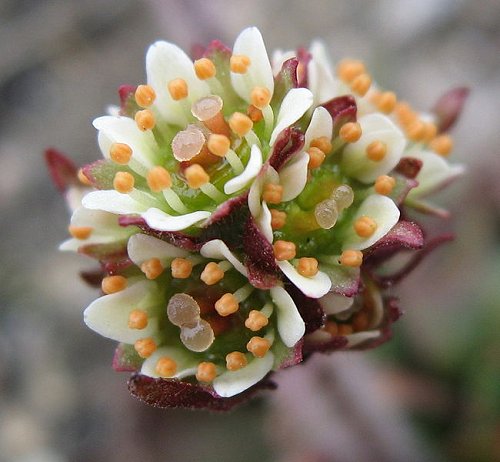 Saxifraga nivalis Author: Slaunger (Creative Commons Attribution-Share Alike 2.5 Generic) 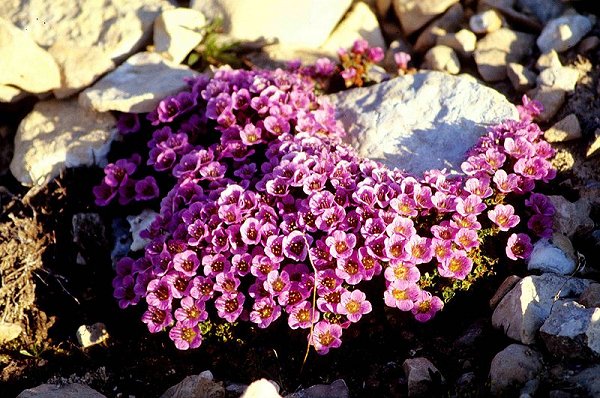 Saxifraga oppositifolia Author: Ansgar Walk (Creative Commons Attribution-Share Alike 2.5 Generic) 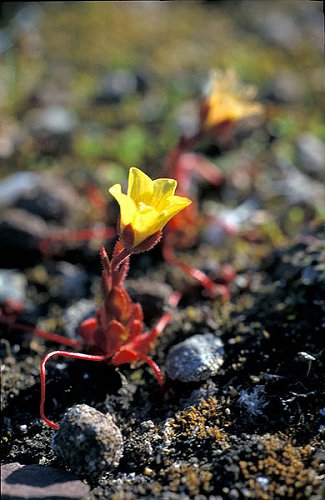 Saxifraga flagellaris Author: Michael Haferkamp (Creative Commons Attribution ShareAlike 3.0) 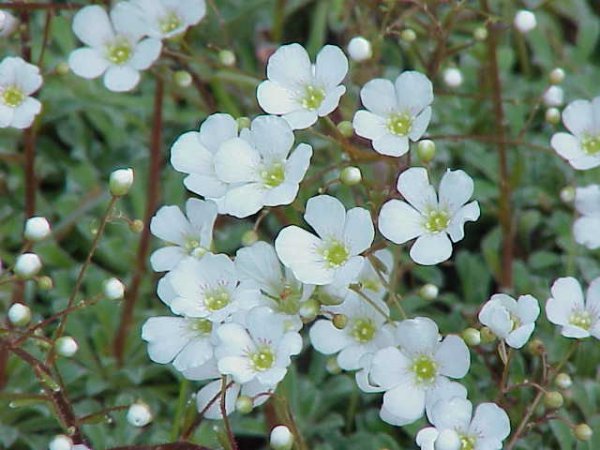 Saxifraga cochlearis Author: Kurt Stueber (Creative Commons Attribution ShareAlike 3.0) 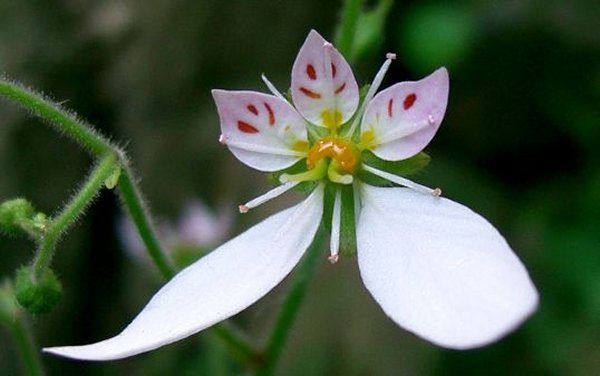 Saxifraga stolonifera Author: KENPEI (Creative Commons Attribution ShareAlike 3.0) 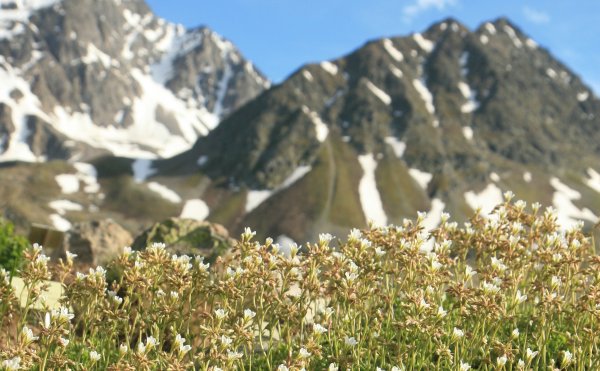 Saxifraga geranioides Author: Abalg (Creative Commons Attribution ShareAlike 3.0-unported) 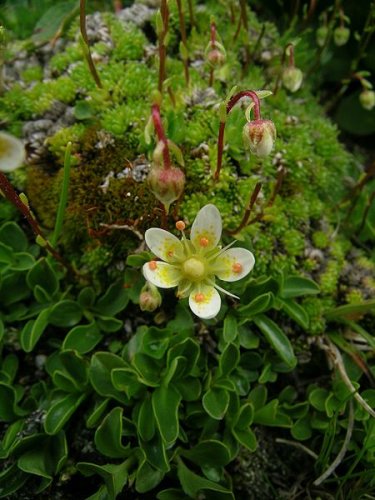 Saxifraga bryoides Author: Thomas Mathis (Creative Commons Attribution ShareAlike 3.0) 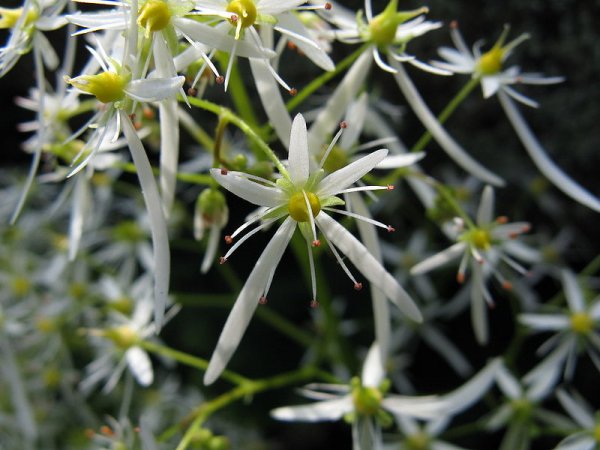 Saxifraga fortunei Author: KENPEI (Creative Commons Attribution ShareAlike 3.0) 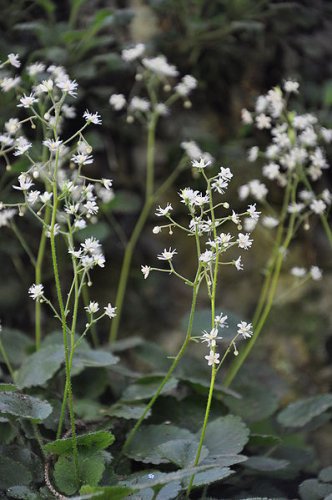 Saxifraga hirsuta Author: Secundum naturam (public domain) | ||||||
|
